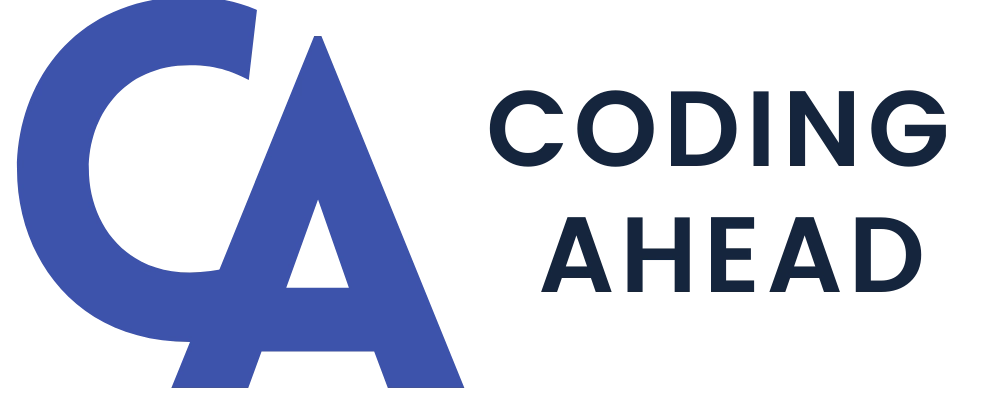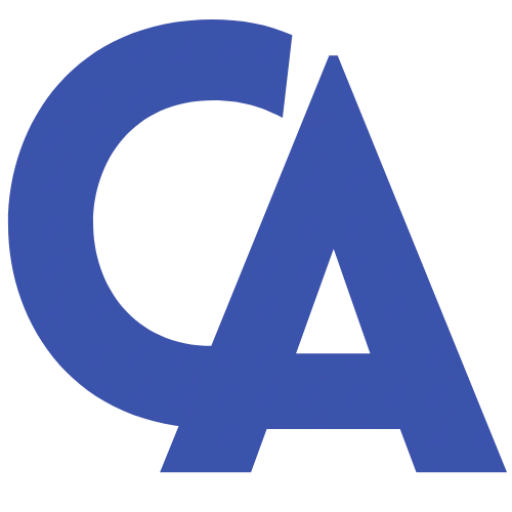How To Use The CPT Codes For Hardware Removal
Hardware removal is a common surgical procedure performed to extract internal fixation devices, such as plates, screws, pins, or rods, that were previously implanted to stabilize fractures or correct deformities. This guide provides an exhaustive overview of the CPT codes related to hardware removal, their applications, and billing guidelines.
Overview of Hardware Removal Procedures
Hardware removal procedures vary in complexity based on the location, the extent of the surgery, and the condition of the implanted hardware. Reasons for hardware removal include:
- Pain or discomfort caused by the hardware.
- Hardware infection.
- Hardware malfunction or failure.
- The hardware has fulfilled its purpose, and removal is indicated.
- Soft tissue irritation or complications.
Each CPT code reflects the procedure’s complexity and site, ensuring precise billing and reimbursement.
Specific CPT Codes for Hardware Removal
The CPT codes for hardware removal are categorized based on the anatomical location and complexity of the procedure.
CPT Codes for Removal of Internal Fixation Devices
- CPT 20670: Removal of implant; superficial (e.g., buried wire, pin, or rod) (separate procedure).
- Lay Term: Removal of a fixation device that is located just beneath the skin and does not require extensive dissection.
- Key Use: For hardware that is easily accessible and causes minimal tissue disruption.
- Documentation: Include details about the type of hardware and the reason for removal.
- CPT 20680: Removal of implant; deep (e.g., buried wire, pin, screw, metal band, nail, rod, or plate) (separate procedure).
- Lay Term: Removal of hardware that requires deeper dissection and may involve significant surgical exposure.
- Key Use: For hardware located in deeper tissue or embedded in bone.
- Documentation: Specify the depth of the hardware and the extent of dissection required.
CPT Codes for Site-Specific Hardware Removal
- CPT 22850: Removal of posterior segmental instrumentation.
- Lay Term: Removal of hardware from the spine, such as rods or screws used for spinal stabilization.
- Key Use: Applies to spinal surgeries involving hardware removal.
- Billing Tip: Ensure documentation differentiates this from revisions or reinstrumentation.
- CPT 22852: Removal of posterior segmental instrumentation with reinsertion.
- Lay Term: Removal and immediate replacement of spinal hardware.
- Key Use: Used when hardware needs to be replaced during the same procedure.
- Documentation: Include reasons for removal and reinsertion, such as hardware failure.
CPT Codes for Removal in Specific Extremities
- CPT 25915: Removal of hardware from the forearm or wrist.
- Lay Term: Surgical removal of plates, screws, or pins from the forearm or wrist.
- Key Use: Focuses on upper extremities.
- Documentation: Include detailed records about the hardware type and patient symptoms.
- CPT 27488: Removal of prosthesis, including total knee prosthesis, and synovectomy when performed.
- Lay Term: Removal of an entire prosthetic device from the knee, often in preparation for revision surgery.
- Key Use: For total joint replacements.
- Documentation: Specify if synovectomy is included in the procedure.
- CPT 20692: Removal of external fixation system.
- Lay Term: Used when removing external fixators such as Ilizarov devices or halo systems.
- Key Use: Applicable to external hardware.
- Billing Tip: Differentiate this from internal hardware removal.
Complex Procedures Involving Hardware Removal
- CPT 27138: Removal of hip prosthesis; complicated (e.g., for infection or extensive scar tissue).
- Lay Term: Removal of complex hip implants due to complications like infection or malposition.
- Documentation: Include the specific reason for the removal and any associated findings (e.g., infection).
- CPT 27650: Removal of hardware from the lower extremities.
- Lay Term: Covers procedures involving removal of plates, screws, or rods from areas such as the tibia or fibula.
- Documentation: Highlight any challenges, such as bone overgrowth or hardware loosening.
Modifiers and Billing Guidelines
Modifiers
- Modifier 51: Use for multiple procedures performed during the same session.
- Modifier 59: Use for distinct procedural services.
- Modifier RT/LT: Specify the right or left side for unilateral procedures.
- Modifier 78: Use for unplanned return to the operating room for related procedures.
Documentation Requirements
- Clearly specify the type of hardware removed (e.g., plate, screw, rod).
- Detail the anatomical site and the complexity of the removal.
- Include the reason for the removal, such as infection or hardware failure.
- Provide preoperative and postoperative diagnoses.
Common Billing Errors
- Using CPT 20670 for deep hardware removal (CPT 20680).
- Failing to document whether reinsertion of hardware occurred.
- Omitting modifiers for side specificity or multiple procedures.
Practical Scenarios and Coding Examples
Scenario 1: Superficial Hardware Removal
- Procedure: Removal of a K-wire from the wrist.
- Codes: CPT 20670.
- Notes: Document the superficial nature of the procedure and the reason for removal.
Scenario 2: Deep Hardware Removal from the Femur
- Procedure: Removal of a rod and screws from the femur.
- Codes: CPT 20680.
- Notes: Include the depth of the hardware and any challenges during the procedure.
Scenario 3: Spinal Hardware Removal with Reinsertion
- Procedure: Removal and reinsertion of posterior spinal instrumentation.
- Codes: CPT 22852.
- Notes: Provide details on the hardware failure and the reason for immediate replacement.
Scenario 4: Removal of External Fixator
- Procedure: Removal of an external fixator from the tibia.
- Codes: CPT 20692.
- Notes: Differentiate this from internal fixation hardware removal and document any complications.
Scenario 5: Complicated Prosthesis Removal
- Procedure: Removal of a knee prosthesis due to infection.
- Codes: CPT 27488.
- Notes: Include the presence of infection and the complexity of the procedure.

